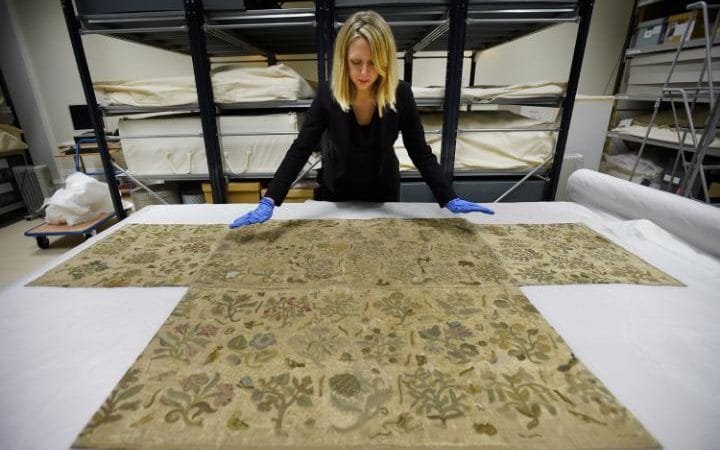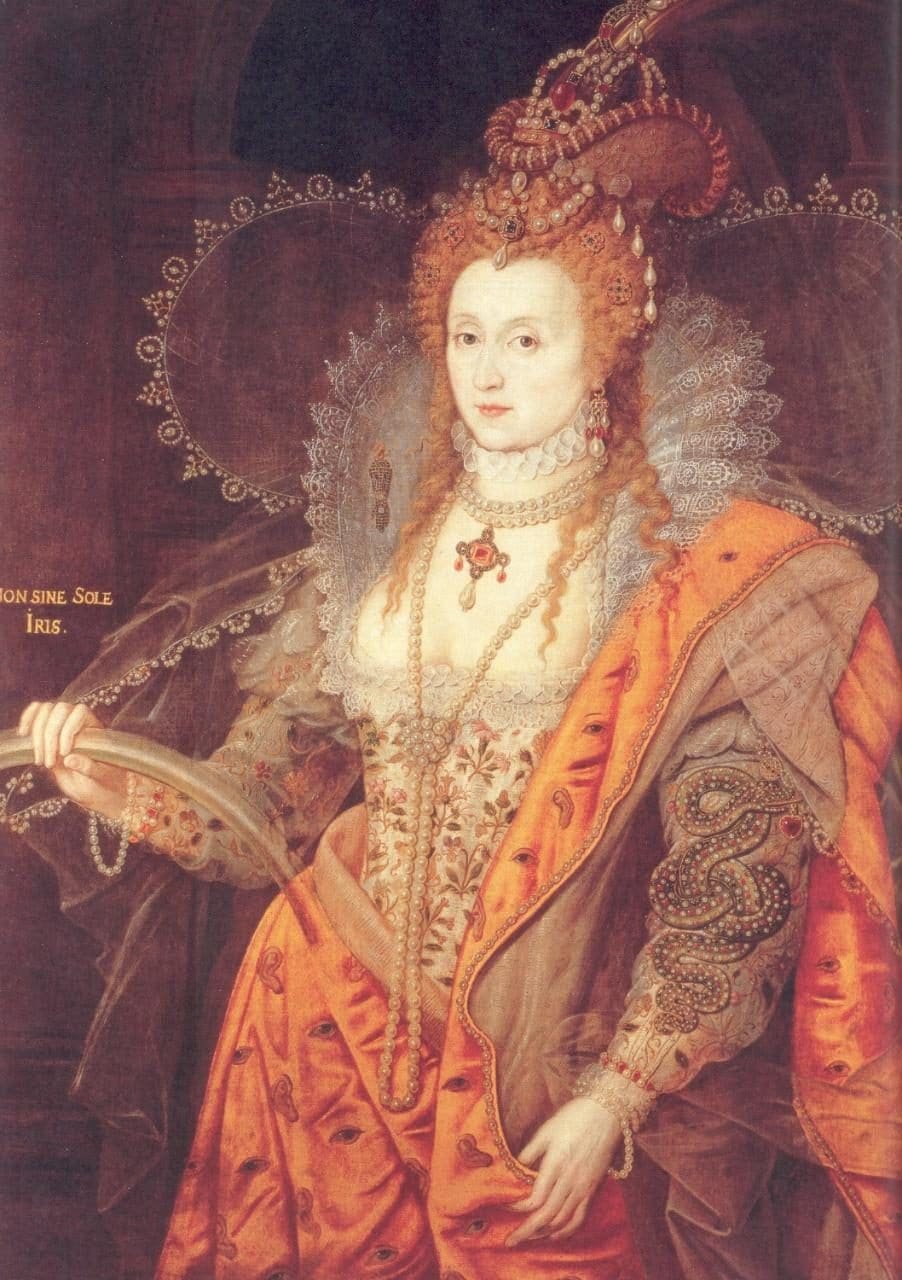The Telegraph Newspaper in the UK recently reported that a cloth found on a church altar in that country is actually a skirt that once belonged to Queen Elizabeth I. She was queen from 1558 – 1603.
Experts say all evidence points to it having once been a skirt worn by the Tudor queen, making it the only known survivor of her famously lavish wardrobe.

Eleri Lynn, curator of historic dress at Historic Royal Palaces noticed immediately that it was made from cloth with silver. Under the laws of that time such cloth could only be worn by the monarch or immediate members of the royal family.
“In Tudor times, clothing was so expensive that it would be passed on from one generation to the next, or taken apart and reused for something else, like cushion covers,” she noted.
“On top of that, Oliver Cromwell sold off every item of clothing in the royal stores, so the only things we have … have come back to Hampton Court after they have survived elsewhere.”

The botanical pattern on the cloth bears a striking resemblance to that on a bodice worn by Elizabeth in the so-called Rainbow Portrait of 1602 and Ms Lynn believes it is “not inconceivable” that the skirt, which cannot be seen in the painting, is part of the same outfit.
The connection to the church where this piece was discovered made sense because its parishioners included Blanche Parry, Elizabeth’s favourite lady-in-waiting, to whom she is known to have given clothes.